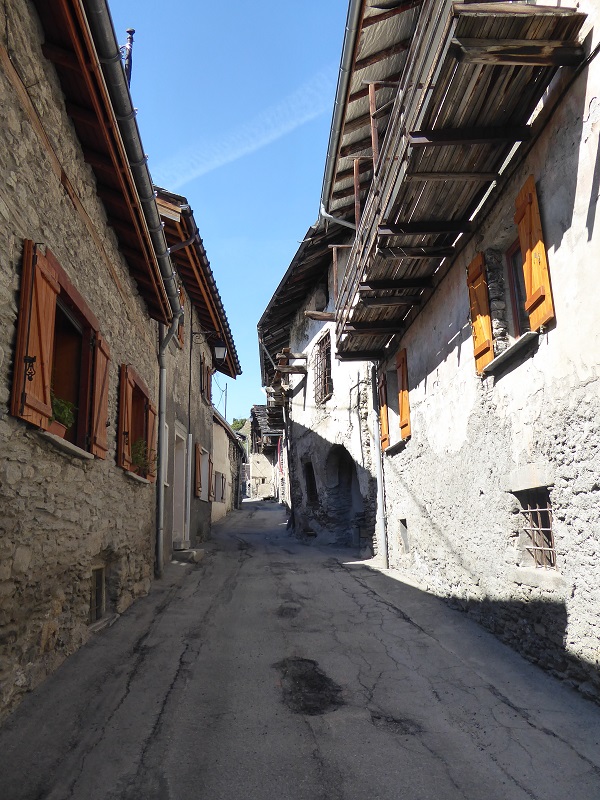
Just like our National Parks, the Vanoise National Park has a duty to preserve the cultural heritage. A while back they surveyed all the traditional buildings in the area and found over 200 building design features that had evolved over centuries and which helped people survive and indeed flourish in a hostile mountain environment. Those buildings had survived of course because significant populations of people had remained in the mountains unlike in Scotland where people were replaced by sheep. They also tended to be much larger, a consequence I believe of the system of communal land ownership surviving, unlike in Scotland: this enabled people to develop buildings over generations. Quite a contrast to Scotland where the poet Coleridge, when visiting Inversnaid, on asking why there was no glass in the windows of the houses was told that if the tenants installed glass the landlord would increase their rent!
Despite this history, in the second half of the 20th Century it appeared for a time that much of the built heritage would be lost. Marginal ground and buildings were abandoned and new buildings in the mountains were in a modernist style which represented a complete break with the past. That however has all turned around and while there is still considerable building development around the Vanoise,most of it now involves renovation of traditional buildings or creating new buildings out of traditional materials and in the traditional style.

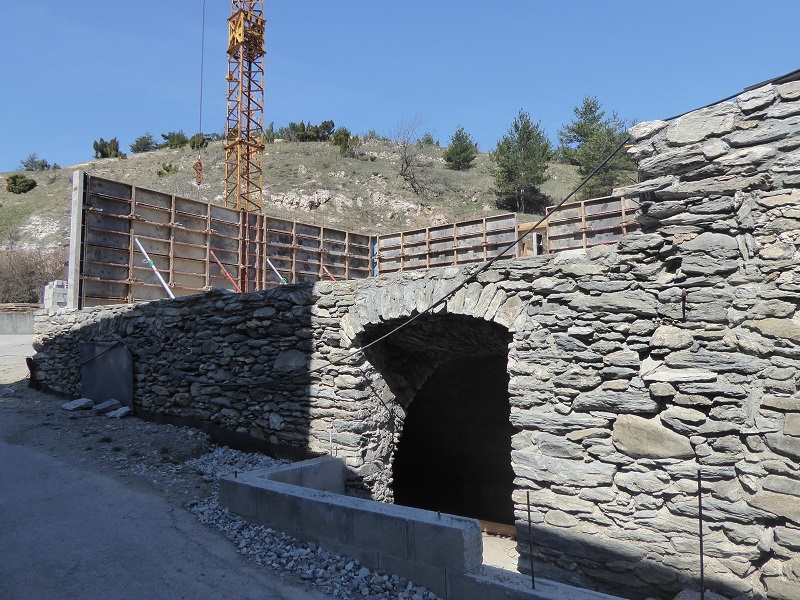
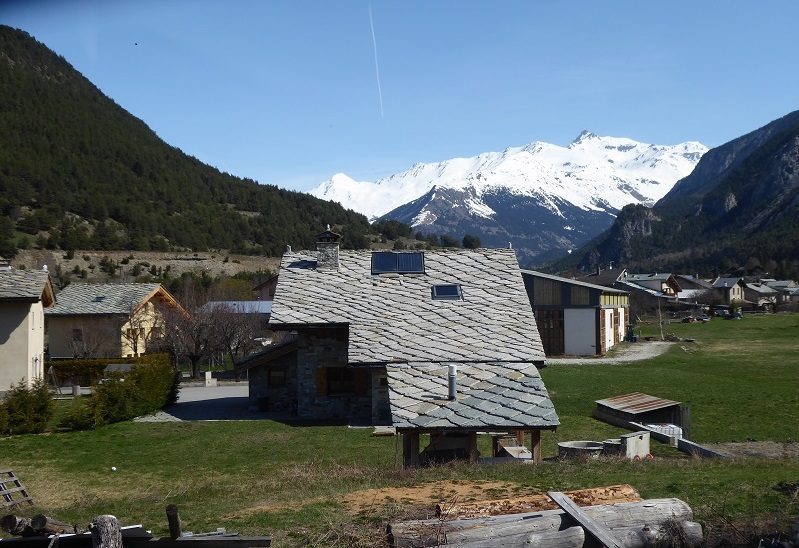
All this seems to me a vast improvement on what was being built 30 years ago and supports significant numbers of skilled artisanal jobs without compromising on modern standards of comfort or insulation. In retrofitting old buildings people have now taken over the spaces that used to be filled by animals (which tended to be on the ground floor) or hay. What I found really noteworthy is the levels of interest in the past. There is lots of information readily available about the history of buildings and how they were constructed. In Bramans those connections with the past were even stronger. Outside most buildings there was a plaque with information about the people who used to live there and what they did:
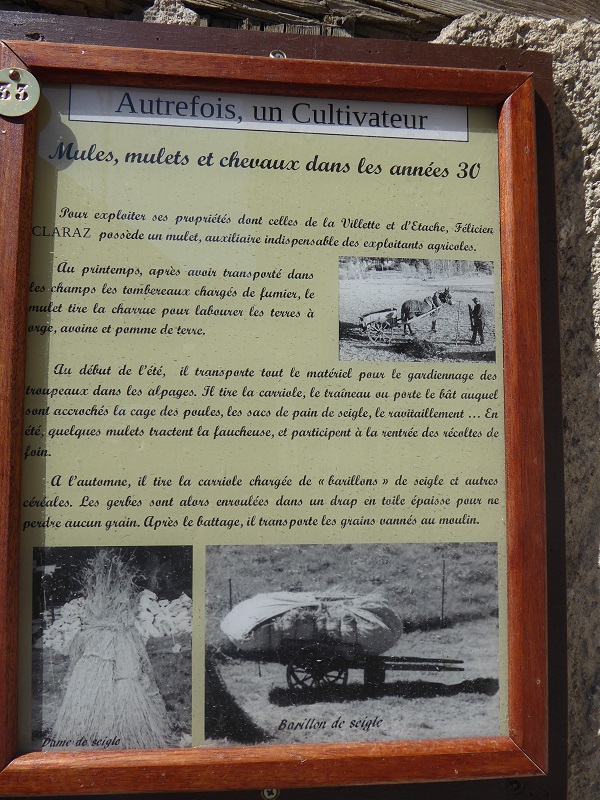
In Britain, only the rich and famous get commemorated with plaques outside their houses.
And how about this?
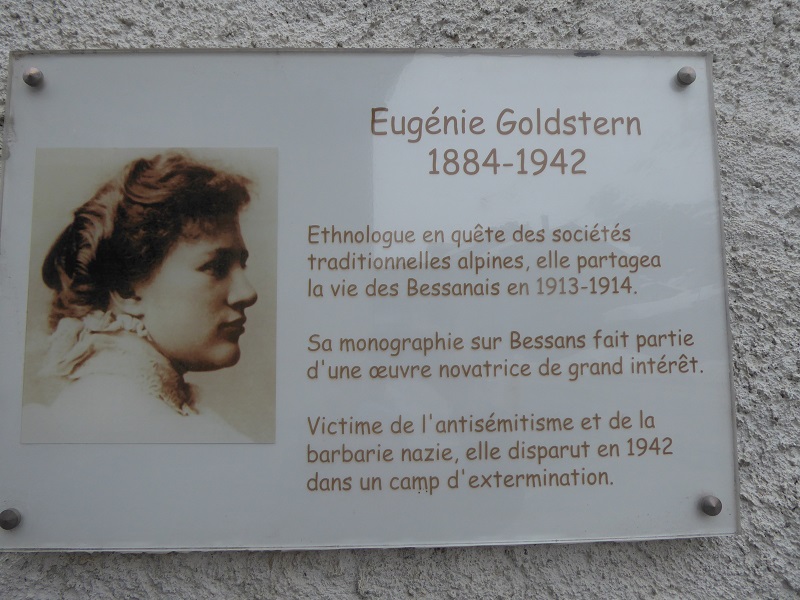
The conservation and interpretation of the cultural heritage in the Haute Maurienne is not just down to the Vanoise National Park of course – much of the interpretation is in the peripheral zone around the Park – but I do believe that when it comes to making connections to the past and interpreting it, the Vanoise National Park is way ahead of our National Parks. It had a head start, being much older, but our National Parks should be learning from experiences elsewhere.
It will be interesting to see if the planning application for Flamingo Land, which was due to be lodged with the Loch Lomond and Trossachs National Park Authority this week, contains any proposals to conserve and build on the amazing history of the area and how it related to the natural environment or whether, just like the clearances, the powers that be intend to erase yet another piece of Scotland’s past from our collective consciousness.
The longer term challenge though is how to promote understanding of the interdependent relationship between the cultural heritage and the natural heritage in a way that does not reduce this to an acceptance of sporting estates as being the norm. The Cairngorms National Park Authority often refers to grouse moors in a way that suggests that preserving them is preserving them is preserving the cultural heritage when in fact grouse moors have obliterated most of that heritage. The cultural lesson from the Vanoise is that our National Parks need to connect to the lives of the ordinary people who used to live and work on the land.
